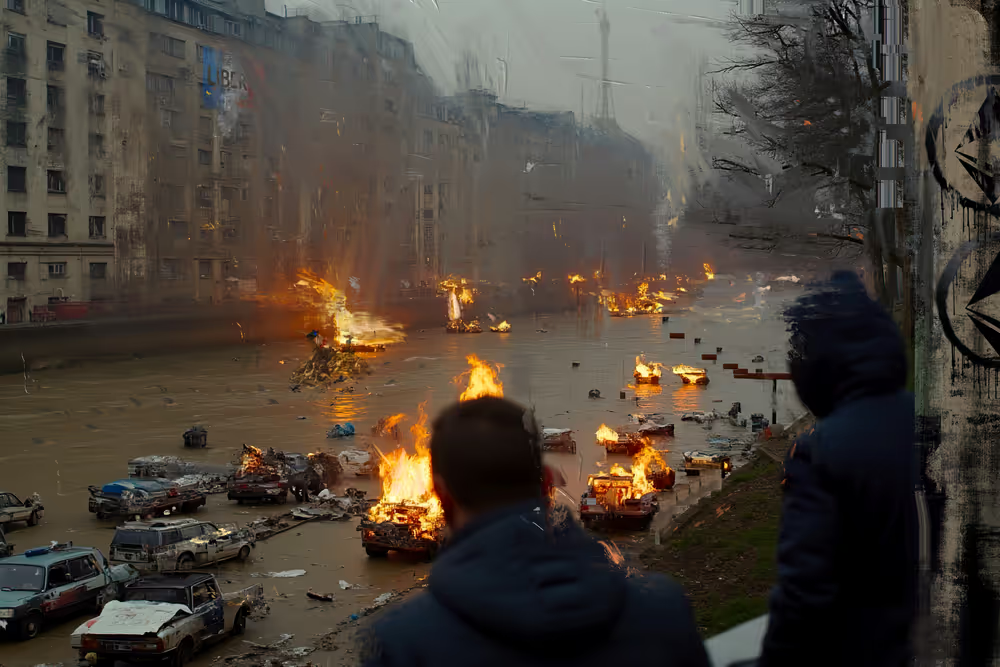特性
Bathers on the Seine - The Return of the Medusa
Bathers on the Seine - The Return of the Medusa
トップオファー
0.015 WETH
コレクションの最低価格
0.0018 ETH
レアリティ#44,824
最終販売
1.00 ETH
特性
